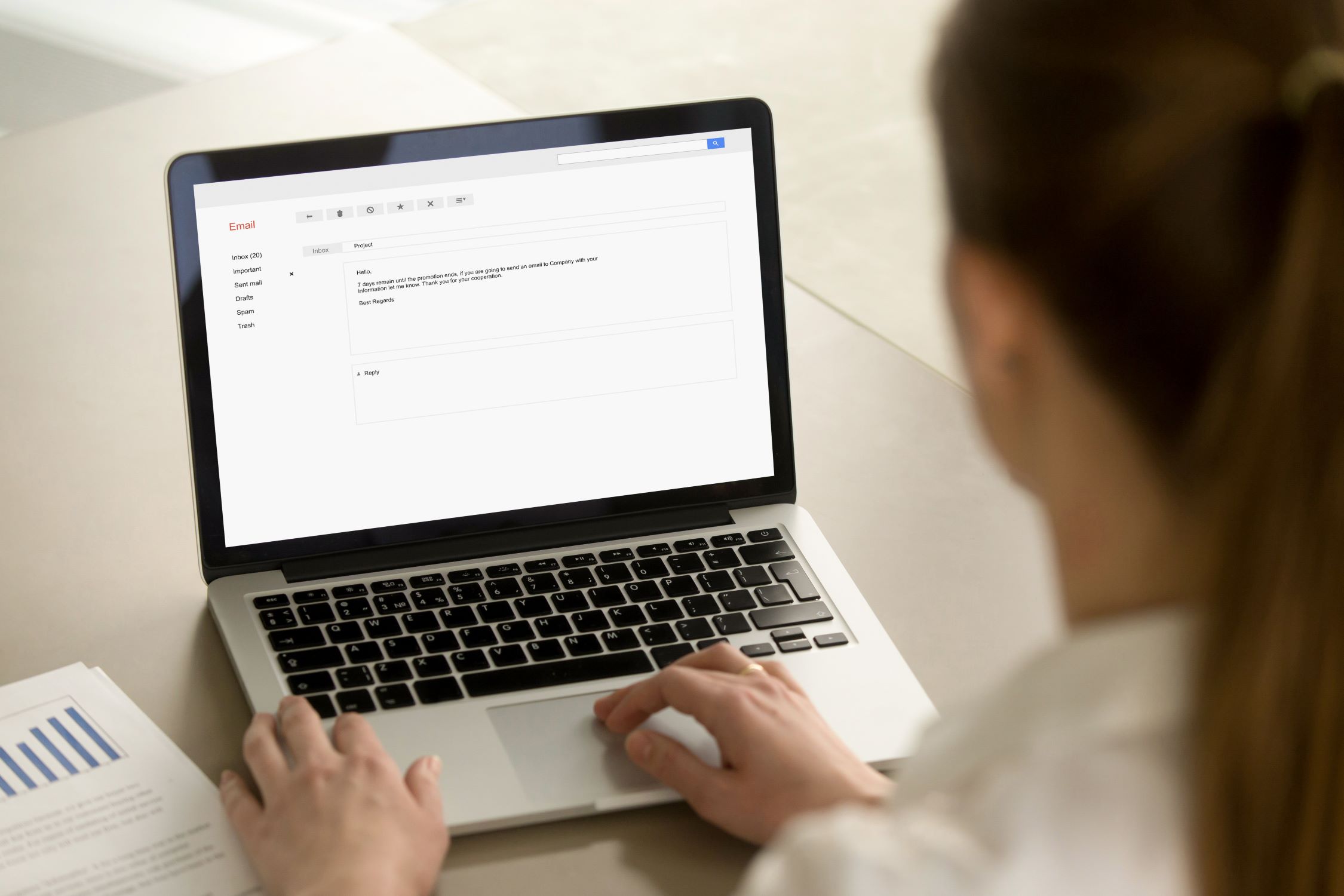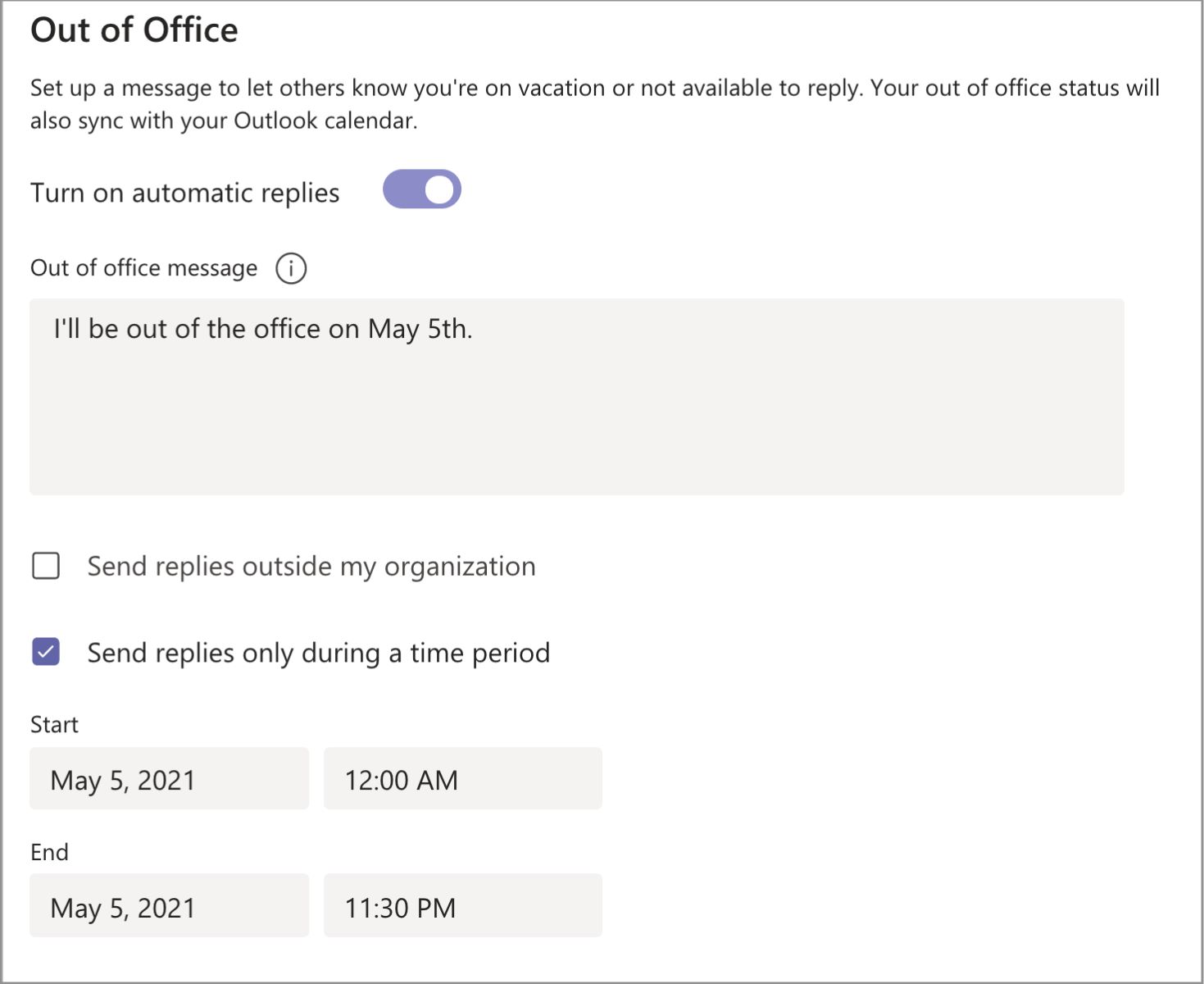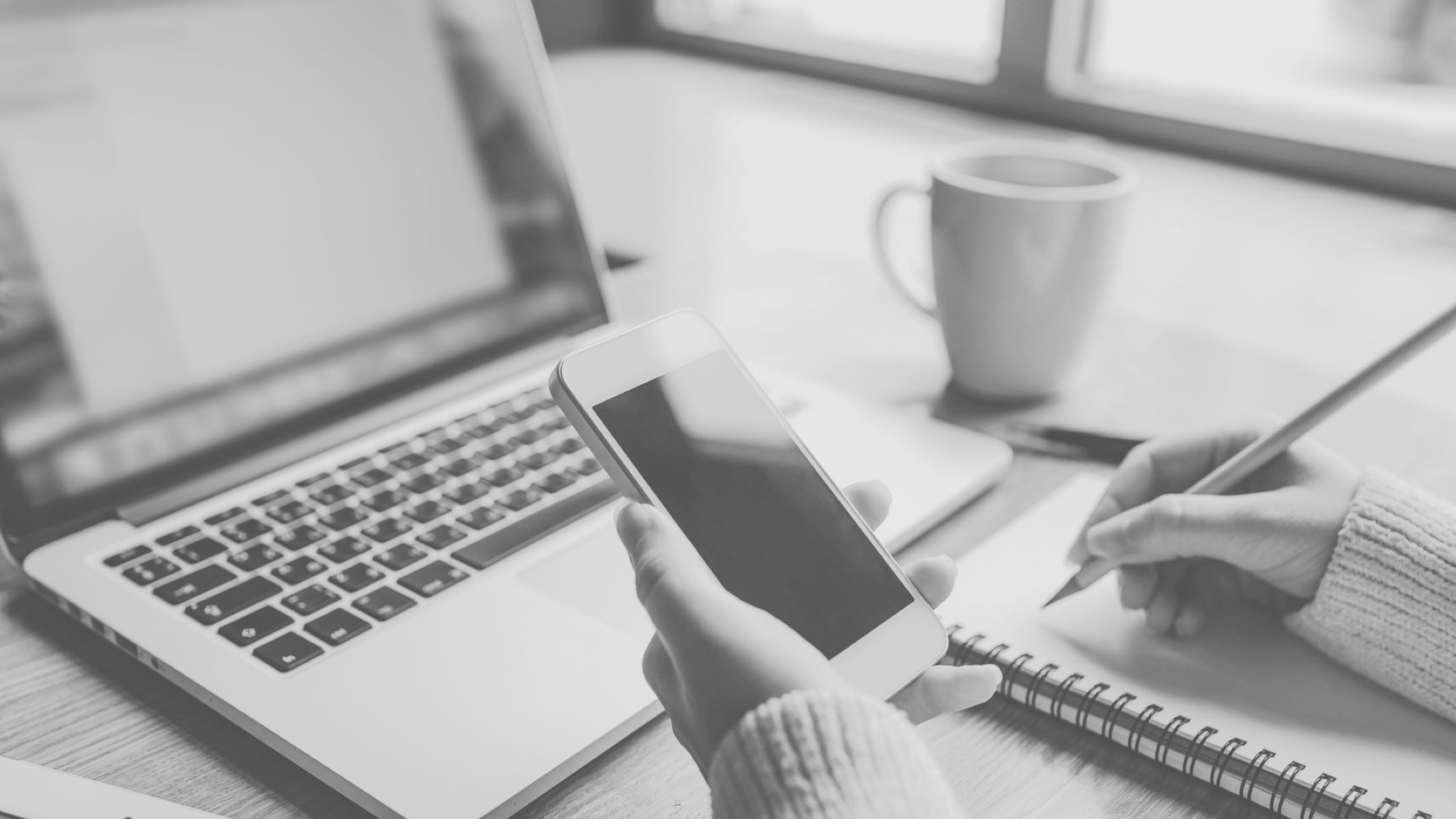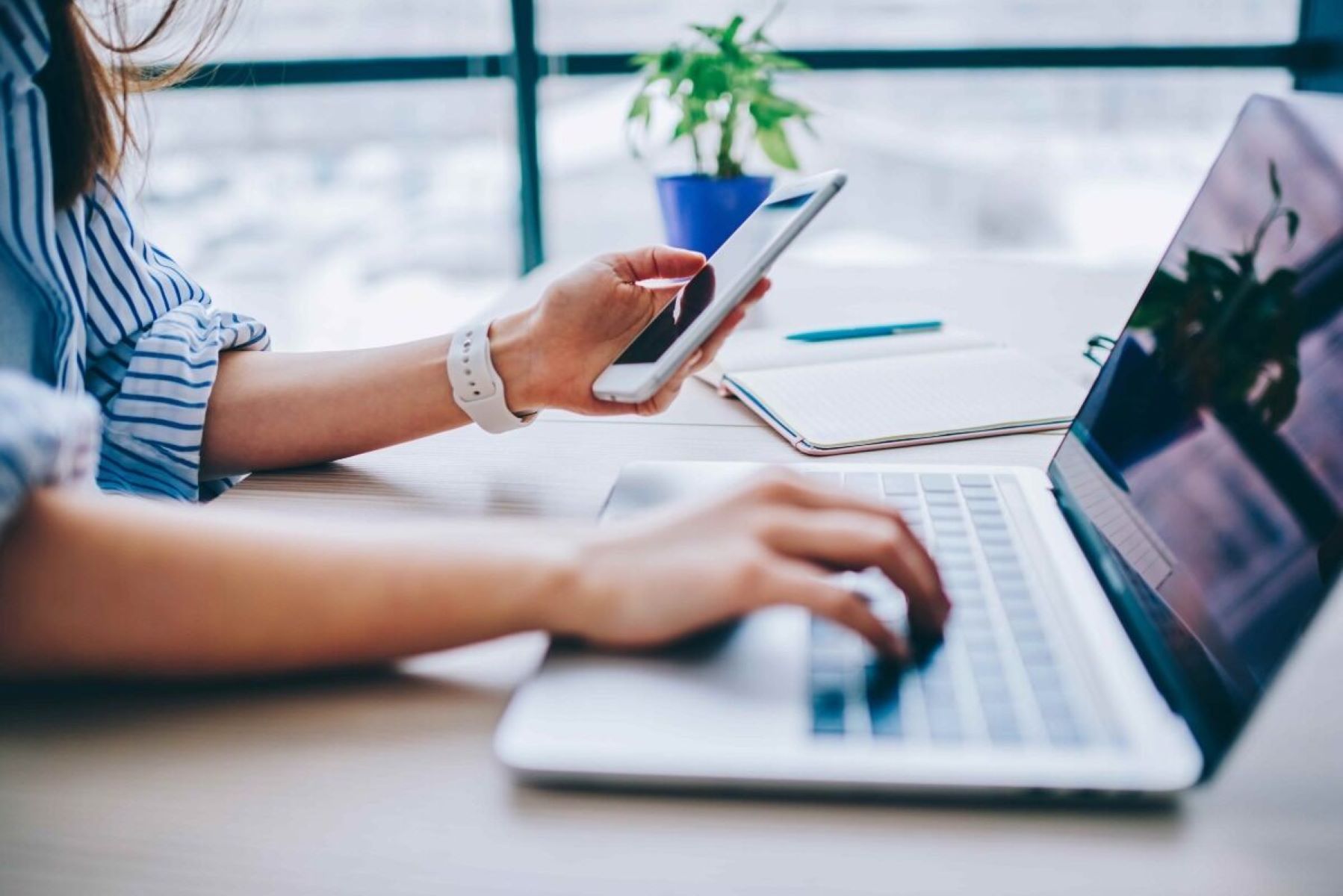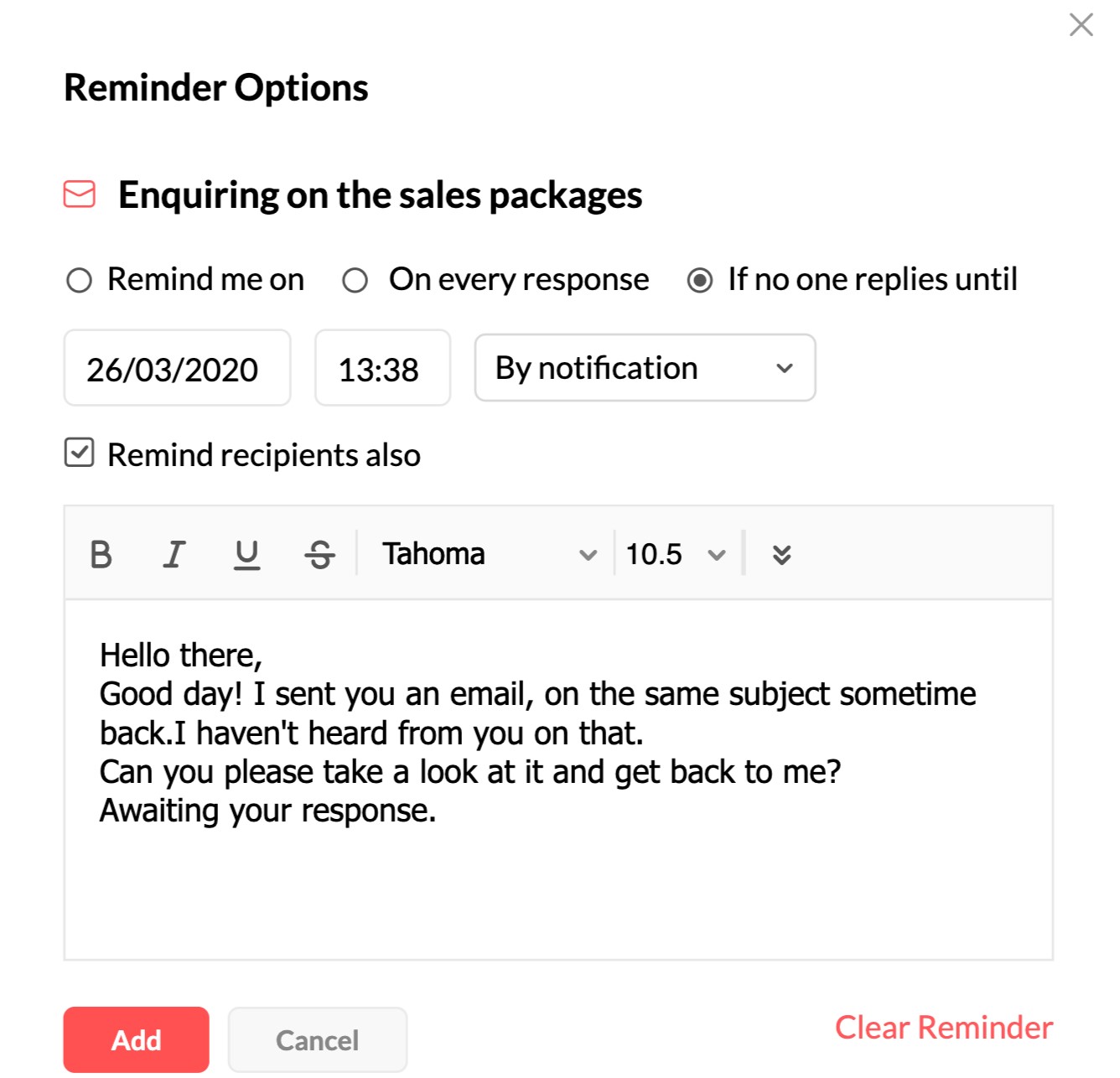Introduction
When someone takes the time to send you a thank you email, it’s not only polite but essential to respond in a thoughtful and appreciative manner. Your response not only shows your gratitude but also reinforces the positive impression you’ve made on the sender. Writing an effective response to a thank you email requires careful consideration of your tone, message, and the overall aim of your reply.
In this article, we will explore the best practices for responding to a thank you email. Whether you are responding to a colleague, a client, or a friend, these guidelines will help you craft a well-rounded and professional reply that leaves a lasting impression.
The way you respond to a thank you email sets the tone for future interactions and can have a significant impact on your professional relationships. Therefore, it’s crucial to approach your response with sincerity and professionalism. By doing so, you can continue to foster positive connections and create opportunities for future collaborations.
So, let’s dive in and discover the most effective ways to respond to a thank you email, whether it’s a simple expression of gratitude or an opportunity to further strengthen the relationship.
Be Polite and Gracious
When responding to a thank you email, it’s essential to maintain a polite and gracious tone throughout your message. Start by expressing your gratitude and appreciation for the sender’s kind words or gesture.
For instance:
“Dear [Sender’s Name],
Thank you so much for your thoughtful email. I was truly touched by your kind words and wanted to take a moment to express my sincerest gratitude.”
Your response should convey a genuine sense of appreciation, making the sender feel valued and acknowledged. Use words such as “thank you,” “appreciate,” or “grateful” to emphasize your gratitude and convey sincerity.
In addition to expressing your thanks, it’s important to acknowledge the sender’s effort or time in sending the email. Highlight how their gesture or message has made a positive impact on you.
For example:
“I’m truly grateful for your kind words. Your recognition means a great deal to me, and I’m humbled by your appreciation of my work.”
By showing genuine appreciation and acknowledging the sender’s effort, you set the stage for a meaningful and engaging conversation.
Remember to use appropriate salutations and closings to further reinforce your polite and gracious tone. Choose phrases like “Best regards,” “Sincerely,” or “Warmest wishes” to end your response with a professional touch.
Express Your Appreciation
One of the key elements of responding to a thank you email is expressing your appreciation. Show the sender that their kind words or gestures have genuinely touched you and that you value their recognition.
Begin your response by acknowledging the specific things the sender thanked you for. It helps reinforce the notion that you pay attention to their message and are grateful for their specific compliments or actions.
For example:
“I want to express my heartfelt appreciation for your kind words regarding my presentation. Your recognition of my efforts and the positive impact it had on the team means a lot to me.”
Be specific in your response, mentioning the particular aspects that the sender appreciated. This demonstrates that you value their feedback and draws attention to your strengths or contributions.
Additionally, you can express how their thank you email made you feel and the significance it holds for you.
For instance:
“Your email brought a smile to my face and genuinely brightened my day. It’s moments like these that remind me why I love what I do and the positive impact it can have on others.”
By expressing your appreciation in a genuine and personal manner, you not only reinforce your gratitude but also deepen the connection and rapport with the sender.
Remember to use words such as “thankful,” “grateful,” or “appreciative” to convey the depth of your feelings and highlight your sincerity.
Continue reading to discover more tips on how to respond to a thank you email.
Acknowledge the Effort of the Sender
When responding to a thank you email, it’s important to acknowledge the effort the sender put into reaching out to you. Recognizing their time and thoughtfulness reinforces the significance of their gesture and shows that you value their efforts.
Begin by acknowledging the sender’s initiative and the time they took to write the thank you email.
For example:
“I wanted to take a moment to acknowledge the effort you put into writing such a thoughtful thank you email. It truly means a lot to me that you took the time to reach out and express your appreciation.”
By acknowledging their effort, you show respect and appreciation for their actions, which strengthens the bond between you and the sender. It also demonstrates that you value their time and are grateful for their consideration.
In addition, if applicable, highlight any specific actions or gestures the sender took to contribute to the reason for their thank you email.
For instance:
“I appreciate the time and effort you put into organizing the team-building event. Your dedication to fostering a positive and inclusive environment had a significant impact on all of us.”
By recognizing and acknowledging the sender’s efforts, you validate their contribution and encourage continued collaboration and positive interactions.
Continue reading to find out more about how to respond to a thank you email.
Provide Additional Information or Assistance
When responding to a thank you email, it’s an excellent opportunity to offer any additional information or assistance that may be helpful to the sender. This demonstrates your willingness to go above and beyond and reinforces your commitment to their satisfaction.
Consider what additional information or resources you can provide to enhance their experience or answer any questions they may have.
For example:
“If you have any further questions or need any additional information, please don’t hesitate to reach out. I’m more than happy to assist you in any way I can.”
Offering your help and support shows your willingness to be of service and ensures that the sender knows they can rely on your expertise or guidance.
If applicable, provide relevant resources, links, or references that can further assist the sender in their specific area of interest or need.
For instance:
“I’ve attached a document that contains more detailed information on the new project we discussed. Feel free to review it and let me know if you have any further questions.”
By providing additional information or assistance, you demonstrate your commitment to helping the sender succeed and promoting a fruitful relationship.
Furthermore, always make sure to follow through on any promises or commitments you make in your response. This helps build trust and credibility with the sender and ensures that they feel supported and valued.
Continue reading to learn more about how to respond to a thank you email.
Suggest Future Collaboration or Opportunities
Responding to a thank you email presents an excellent opportunity to suggest future collaboration or explore potential opportunities with the sender. By doing so, you can foster ongoing professional relationships and open doors for future partnerships.
To suggest future collaboration or opportunities, consider the sender’s interests, goals, or areas of expertise that may align with your own.
For example:
“I’ve been impressed by your knowledge and dedication to the industry. It would be wonderful to explore potential collaborations or share insights in the future.”
By expressing your interest in working together in the future, you demonstrate your enthusiasm for their ideas and show that you value their expertise.
Additionally, if there are any upcoming events, conferences, or projects that may be of interest to the sender, you can inform them and invite their participation.
For instance:
“There is a conference next month that focuses on the latest trends in our field. It would be great to have you attend and share your insights. Let me know if you’d like more information or if I can assist you with the registration process.”
Suggesting future collaboration or opportunities not only expands your network but also reinforces your commitment to building mutually beneficial relationships.
Remember to be genuine in your invitations and suggestions. Tailor your approach based on your knowledge of the sender and their interests to increase the likelihood of a positive response.
Continue reading to discover more tips on how to respond to a thank you email.
Follow Up if Necessary
In some cases, responding to a thank you email may require a follow-up action or further communication. Assess the content of the sender’s email and determine if there are any unresolved matters or potential next steps that need to be addressed.
If there are any pending tasks or actions that need your attention, acknowledge them and provide an update on the progress or timeline. This shows your dedication to resolving any outstanding matters.
For example:
“I wanted to let you know that I’m currently working on the requested report and will have it finalized by the end of the week. I appreciate your patience and will keep you updated on its status.”
If the sender mentioned any specific concerns or questions in their thank you email, ensure that you address them thoroughly in your response.
For instance:
“Regarding the question you raised about the new marketing campaign, I’ll schedule a meeting with our team to discuss it further and provide you with a detailed response by next Tuesday. Thank you for bringing it to my attention.”
By following up on any necessary actions, you demonstrate your commitment to providing prompt and thorough assistance, further strengthening the relationship with the sender.
Additionally, if the sender expressed an interest in keeping in touch or staying updated on certain projects or initiatives, assure them of your willingness to do so.
For example:
“I’ll make sure to keep you informed about our upcoming product launch. If you have any further questions or would like to receive regular updates, please let me know. I value your insights and would be happy to share the progress with you.”
By following up if necessary, you show your attentiveness and commitment to fulfilling any outstanding obligations, ensuring a smooth and satisfactory experience for the sender.
Continued reading to find out more about how to respond to a thank you email.
Keep the Conversation Open-Ended
When responding to a thank you email, it’s important to keep the conversation open-ended, inviting further dialogue or future interactions. This helps maintain a positive and engaging relationship with the sender.
End your response in a way that encourages the sender to continue the conversation or reach out to you with any further thoughts or questions.
For example:
“I look forward to hearing more about your upcoming projects and potential opportunities for collaboration. Please don’t hesitate to reach out if there is anything else I can assist you with.”
By expressing your interest in their future endeavors, you create an environment of collaboration and encourage ongoing communication.
In addition, consider asking the sender for their input or thoughts on a particular topic to encourage their engagement in the conversation.
For instance:
“I would love to hear your thoughts on the new marketing strategy we discussed. Your insights are valuable, and I appreciate your perspective. Let’s continue the conversation and explore how we can work together to achieve our goals.”
Keeping the conversation open-ended demonstrates your willingness to listen, collaborate, and foster a mutually beneficial dialogue.
Furthermore, make yourself available for any future discussions or interactions. Provide your contact information or suggest alternative channels through which the sender can easily reach out to you.
For example:
“Feel free to contact me at any time via email or phone. I’m always here to support you and discuss any ideas or opportunities that come to mind.”
By keeping the conversation open-ended, you encourage further engagement, collaboration, and the development of a long-lasting professional connection.
Continue reading to explore more tips on how to respond to a thank you email.
Conclude the Email
As you near the end of your response to a thank you email, it’s important to conclude your message in a clear and concise manner. Your concluding remarks should reflect the tone and content of your overall response while leaving a positive and memorable impression on the sender.
Summarize your gratitude and reiterate your appreciation for the sender’s kind words or gestures.
For example:
“Once again, I want to express my sincere gratitude for your thoughtful email. Your words have truly made a difference, and I’m grateful for the opportunity to connect with you.”
Reinforce your willingness to assist them further or engage in future collaboration.
For instance:
“Please don’t hesitate to reach out if you need any additional support or if there are any projects or initiatives where we can work together.”
End your email with a warm and professional closing, using phrases such as “Best regards,” “Warmest wishes,” or “Sincerely.”
For example:
“Best regards,
[Your Name]”Ensure that your closing reflects the relationship you have with the sender. For professional contacts, use a more formal closing, while for friends or colleagues, a more casual yet respectful closing may be appropriate.
Finally, remember to proofread your response to ensure it is error-free and presents a professional image. Double-check your formatting, grammar, and punctuation before hitting the send button.
Concluding your email in a thoughtful and professional manner ensures that your response leaves a positive impression and paves the way for future interactions.
I hope these guidelines for responding to a thank you email have been helpful. Feel free to refer back to this article whenever you need guidance in crafting your response. Remember, a well-crafted and sincere reply can strengthen relationships, foster collaboration, and leave a lasting impression on the sender.







